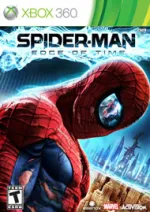Future Focused: Spider-Man Edge Of Time
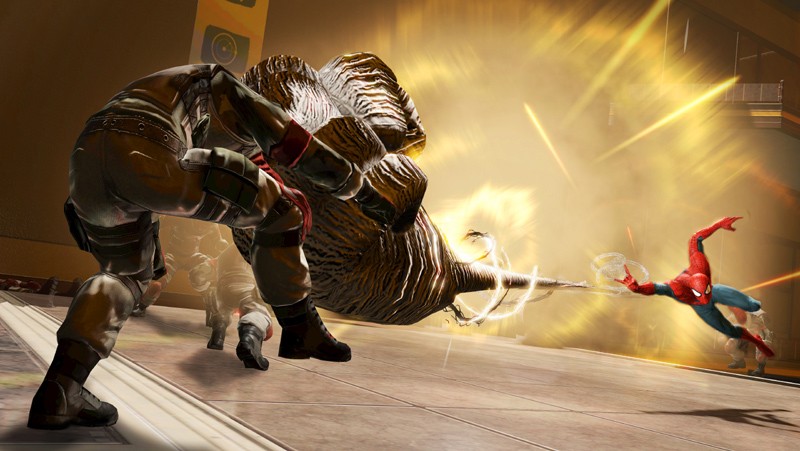
Spider-Man is dead. After years of battling super villains and saving New York from bi-weekly disasters, the wall crawler meets a gruesome end. The superhero’s death sends New York into a spiral. Crime reaches new heights as poverty and homelessness spread like viruses. By the year 2099, New York’s citizens live in fear of a near-totalitarian regime. Above it all sits Alchemax, a mega corporation that has its talons in everything from the commercial sciences and politics to organized crime. However, this is not how history was supposed to transpire. The universe is off balance, and only one person is aware of the time paradox. That man is Miguel O’Hara, a brilliant geneticist who moonlights as the Spider-Man of the future. In order to save his own time, this Spider-Man will need to completely rewrite history.
A Redemption Story
Spider-Man’s video game career has more ups and downs than the New York skyline. Titles such as Neversoft’s PSone Spider-Man and Treyarch’s open-world movie tie-in Spider-Man 2 were heralded as some of the best superhero games of their time, but yearly releases have damaged Spider-Man’s reputation as much as one of J. Jonah Jameson’s venomous editorials. When a virtually unknown developer from Quebec, best known for its work on movie licenses such as Monsters vs. Aliens and The Bee Movie, started working on a Spider-Man game, fans were reasonably skeptical.
However, Spider-Man: Shattered Dimensions became one of the highest-reviewed Spider-Man titles in years. Activision was so pleased with the game’s success that earlier this year the publisher announced that Beenox would be the exclusive developer for the next several Spider-Man games. Spider-Man’s video game career was beginning to look a little brighter.
Not everyone was happy with Shattered Dimensions, however. The team at Beenox knew there was one area of the game where it could make big improvements. “In order to deliver the kind of experience we were going for, we knew that we would need a deeper story,” says Beenox’s creative director Gerard Lehiany.
Beenox already had an idea for a time traveling narrative that involved both The Amazing Spider-Man and Spider-Man 2099, but the team knew it needed help fleshing out the larger story moments and dialogue. Beenox needed a comic book veteran – a Spider-Man expert who was already familiar with the video game industry. So the studio turned to one of the comic industry’s legendary writers.
The Spider-Man Of The Future
In 1992, Marvel Comics dreamed up a line of comics set nearly a hundred years in the future. Comic veteran Peter David pitched Marvel on his ideas for a futuristic Spider-Man – a grittier take on Stan Lee’s original concept that imagined a more serious Spider-Man fighting crime across a towering cyberpunk city. Spider-Man 2099 ended up being the most consistently successful comic in the 2099 line, selling over 100,000 copies almost every month (a number most comic creators would kill their protagonist for today).
Despite Spider-Man 2099’s popularity, by the middle of the ‘90s the comic industry had imploded and Marvel was facing Chapter 11 bankruptcy. Internal corporate bureaucracy led to the cancelation of every comic within the 2099 line. But Spider-Man 2099 wouldn’t die. The character Miguel O’Hara kept popping up in cameos in several of Marvel’s other books and in reprints. After Beenox announced that Spider-Man 2099 would be one of the main protagonists in Spider-Man: Shattered Dimensions, the futuristic hero seemed more popular than he’d been in over a decade.
As the father of Spider-Man 2099, Peter David was the natural choice to write Beenox’s sequel. But there were other reasons that Beenox felt David was the perfect fit for its game. In the ‘80s David had a run on Amazing Spider-Man that is still talked about to this day. His “The Death of Jean DeWolff” arc is often ranked as one of the best Spider-Man stories of all time. David is also no stranger to the video game industry; the prolific writer wrote the script for Chair Entertainment’s popular XBLA title Shadow Complex and has produced comic book adaptations for Halo and Disney’s Epic Mickey.
It didn’t take much to convince David to join the team. “I was thrilled when it was first announced that Spider-Man 2099 would be a part of Shattered Dimensions a while back. I honestly had no idea the character had that many fans,” David says. “Apparently his presence in the game was popular enough to generate this game where he has a greater focus. I think it’s great. I’m just pleased that the team thought of me this time.” With David on board, the team exploded with creative new ideas for Spider-Man: Edge of Time.
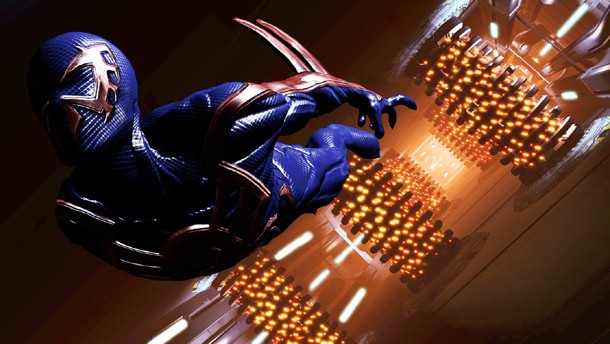
Talking Through Time
Spider-Man: Edge of Time begins in the world of 2099. A mysterious villain (Beenox wouldn’t reveal who, but we suspect that it could be either Jordan Boone, a.k.a. Halloween Jack, or Gabriel Stone, a.k.a. Goblin 2009) figures out how to open a portal to the past so he can alter history for his benefit. Miguel O’Hara witnesses the villain’s plot and jumps forward to stop him, but he is a fraction of a second too slow and gets caught in the middle of the time portal. Stuck between times, Miguel watches as history is rewritten with the death of the original Spider-Man, the rise of Alchemax as a corporate superpower, and the ultimate decay of New York City. “The future becomes darker. You can feel it,” says Beenox producer Mathieu Tremblay. “Alchemax is in control of everything, almost like it’s not a free world anymore.” Unable to travel back in time, Miguel uses the technology at his disposal to send a message through time to correct the one event that he believes triggered this catastrophic series of events: the death of the Amazing Spider-Man.
A major complication with Miguel’s plan arises, however. Peter Parker, the Amazing Spider-Man, isn’t interested in changing reality. Thanks to the alterations in the time stream, Peter is no longer the troubled everyman who can’t make ends meet. Instead, he’s recently acquired a high paying job working for Alchemax, which he believes is a reputable company.
Peter’s new job places him in the Alchemax building, a symbol of American modernity. Practically a city in itself, the building is outfitted with science labs, hydroponic jungles, living quarters, and all manner of facilities that people might need to survive. The Alchemax building is so large, in fact, that the entire game takes place within its walls.
Peter is crawling his way up the Alchemax building when Miguel contacts him through time. Peter is headed to the 66th floor to rescue coworkers who are in danger, but Miguel informs him that he is destined to die on the 66th floor.
“Peter ultimately knows that he’s walking into danger, but other people are in danger as well, so he has to be the hero and go save them,” says associate producer Kevin Umbricht. “While he is making his way up to the 66th floor, in the future, Miguel O’Hara is working his way down the Alchemax building to get to his own 66th floor.” According to Beenox, some big revelations await players once they get there. That won’t be the end of the game, but it’s a major turning point for the story.
Robotic Killer Kittens
As both heroes make their way through the Alchemax building, players are constantly shuffled between their points of view. “Things that the player does in the modern day wind up – thanks to the dynamics of the game – impacting the world of 2099,” explains David. “It’s a sort of a one-in-a-million set of circumstances, which we call quantum causality, but it has some wonderfully demented results.”
At one point in the game, Peter is sneaking his way through the halls of Alchemax when he receives a message from Miguel. A towering security mech has overcome the future hero, but if Peter makes his way to the lab and destroys the blueprints for this security bot, the robot will cease to exist in the future and he’ll save his counterpart.
During sequences in which these two allies communicate, Beenox felt it was important for players to understand exactly what is happening in each timeline. To accomplish this, it developed a unique picture-in-picture system to display the events of both characters at the same time. While Peter races through a corridor towards the security lab, a small window pops up in the bottom right-hand corner of the screen that shows Spider-Man 2099 getting thrown across the room by the two-story mech.
Peter rushes into the engineering lab to find a giant exoskeleton prototype hanging from the ceiling, wires and cables streaming out from it like a New Year’s Eve float. In the picture-in-picture view, Miguel is now being crushed by the mech, but as Peter tears the prototype room apart on the main screen, the machine begins to fade out of existence like Marty McFly in Back to the Future.
Almost instantly a handful of smaller robots take its place. “If you mess with time, you won’t always get what you expect,” says Lehiany with a smile. Sometimes Peter’s tinkering in the past will create a butterfly effect that adds new problems for Miguel. Peter asks Miguel for an update: “Did it turn into something else? Like – I don’t know – kittens?”
“Yeah,” Miguel grumbles. “small…metal…robotic…killer kittens.”
During this exchange the picture-in-picture box featuring Spider-Man 2099 expands to fill the whole screen, and players take control of Miguel as he fights off several of the human-sized robots. There will be no loading screen as players jump between the two different time periods. “The whole game is one seamless, story-driven experience,” Umbricht says.
When players take control of Spider-Man 2099 they’re forced to deal with the repercussions of this quantum causality phenomenon. “Sometimes a wall might disappear right in front of you while you’re playing because of something that has changed in the past,” Lehiany says. “While you’re playing, things are constantly evolving around you, so you’ll have to always be reactive.”
Since Miguel is from the future, he has knowledge of past events that still haven’t happened to Peter. Miguel will constantly tip Peter off to some of the dangers ahead. Even though the two characters are never in a room together, they need to rely on each other if they want to survive the dangers of Alchemax.
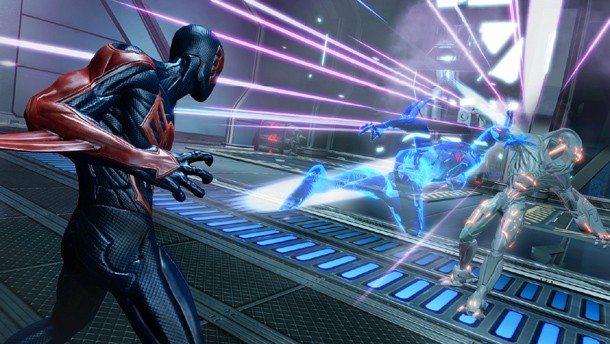
Hero Doesn’t Play Well With Others
Peter and Miguel may share a superhero identity, but each version of Spider-Man is as different as their time period. “Where they differ the most to me is their attitude toward the challenges that are facing them,” David explains. “Miguel O’Hara didn’t have an origin steeped in a transformative ‘with great power’ moment, and so his priorities are somewhat different from Peter Parker’s.”
Each hero reacts to the world around them in different ways, and they don’t always get along. Miguel is older and has more life experience, but Peter has more experience being Spider-Man. Where Miguel is utterly focused on the grand scheme of things, Peter is obsessed about the human cost of his actions. “There’s almost a Spock/McCoy dynamic to their relationship,” David says.
A good example of this dynamic is an early exchange between the two. After trying to convince Peter that he’s going to die on the 66th floor, Miguel becomes frustrated that Peter is unwilling to do things his way. It seems that nothing will deter Peter – not even the greater good – from helping his fellow man.
“If you were smart, you’d clear out,” Miguel says. “But no, you have to go on proving your bravery.”
“Bravery?” Peter exclaims. “Dude, there is nothing I would like better than to just high tail it out of here.”
“Then why don’t you?”
“Because what I do here matters. Beyond changing hallways and elevators, it matters,” Peter yells. “And that’s just something I have to live with, even if it means I die with it. You get it, O’Hara?”
“Whatever.” Miguel shrugs, clearly not in tune with Peter’s philosophy on responsibility.
The difference between these two heroes also plays out in combat. In Shattered Dimensions, Beenox developed a combat system where each character had his own set of attacks and combos. In Edge of Time, this system has expanded. Amazing Spider-Man’s combat still centers on long-range, web-based attacks, while Spider-Man 2099 exhibits faster, more up-close and personal combos. Each hero also has a few new powers at his disposal.
Amazing Spider-Man is an agile gymnast, and one way that the team at Beenox is displaying Spider-Man’s dexterity is with a new move that allows him to dodge any oncoming attack, projectile, or other environmental trap. Players can activate this evade skill at any time, but it needs to be recharged before you can use it again. While evade is active, Spider-Man is essentially invulnerable.
We witness this ability first hand when Spider-Man approaches a defensive laser grid. With evade active, Spider-Man jumps through the laser grid, dodging beams in a shadowy flash. The whole process becomes automatic as soon as evade is activated. “This is tied to the core abilities of Peter Parker and his spider sense. He can react faster than the human eye can see,” Umbricht explains.
Evade is exclusive to the Amazing Spider-Man, but Miguel O’Hara has his own unique mechanic. At any time, Miguel can create a temporary holographic decoy to attract the attention of enemies and other security systems. This allows him to catch a momentary respite during heated exchanges. He can also use it to sneak behind his foes and pounce on them while they’re distracted.
These skills are just a taste of the things these heroes will be doing throughout the game. Beenox is still fleshing out the design, but as the game progresses, the two heroes’ fighting styles will continue to diverge as they learn different but complementary moves and level up existing powers.
Spider-Man has been around for more than half a century, and during that time he’s battled ordinary street gangs, infamous serial killers, and inter-dimensional demons. The character is hard to pin down, but Beenox is focused on delivering a game that stays true to the hero’s nature.
“The one rule we have written everywhere is, ‘are you sure only Spider-Man can do this?’” Lehiany says. “Because if any other character from comics or movies or games can do what we’re making Spider-Man do, then maybe we need to rethink our design.”
The studio is pushing its title in directions that Spider-Man games have never gone before, and if all these concepts come together Beenox could be creating the best Spider-Man title to date.
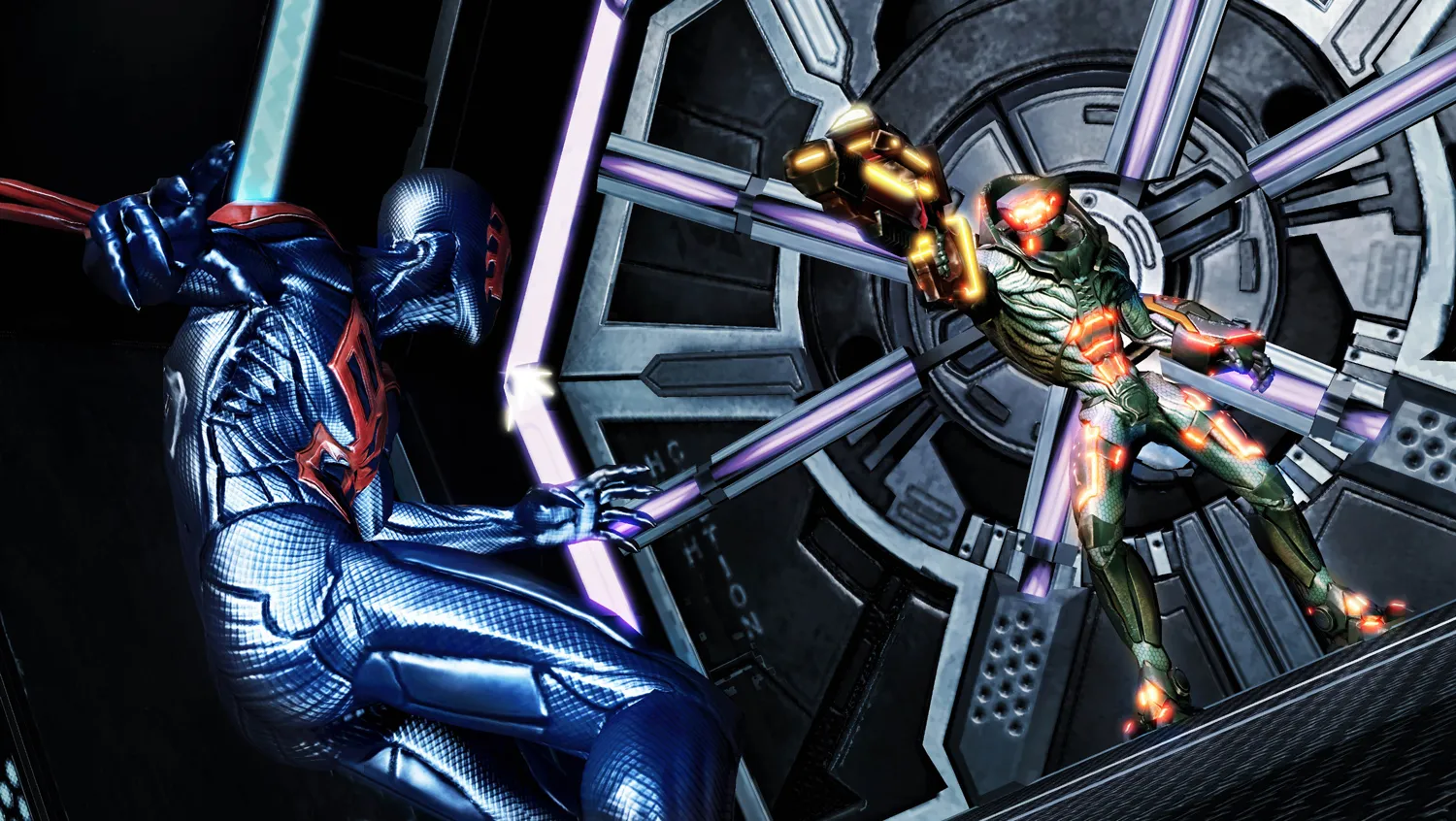
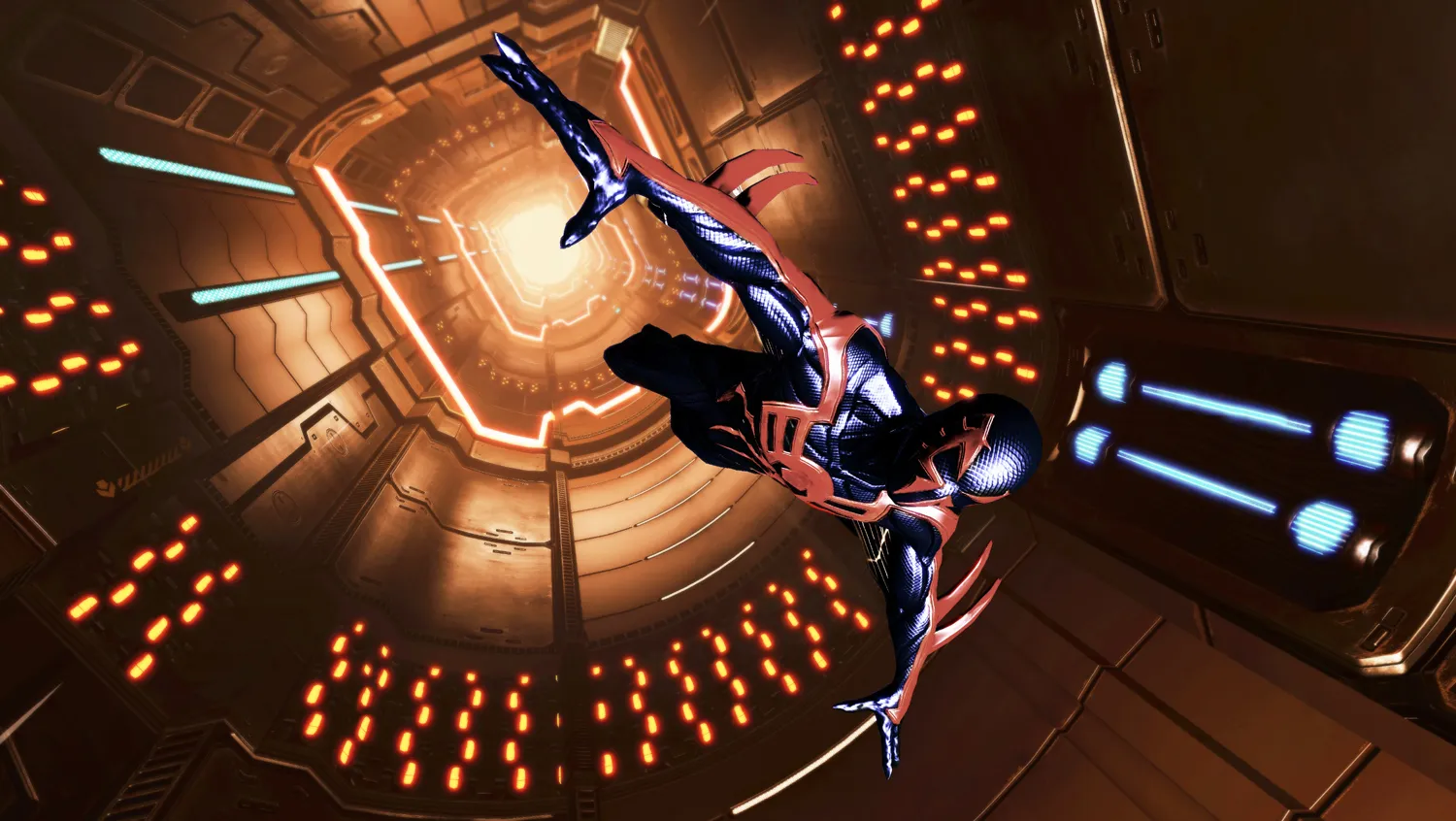
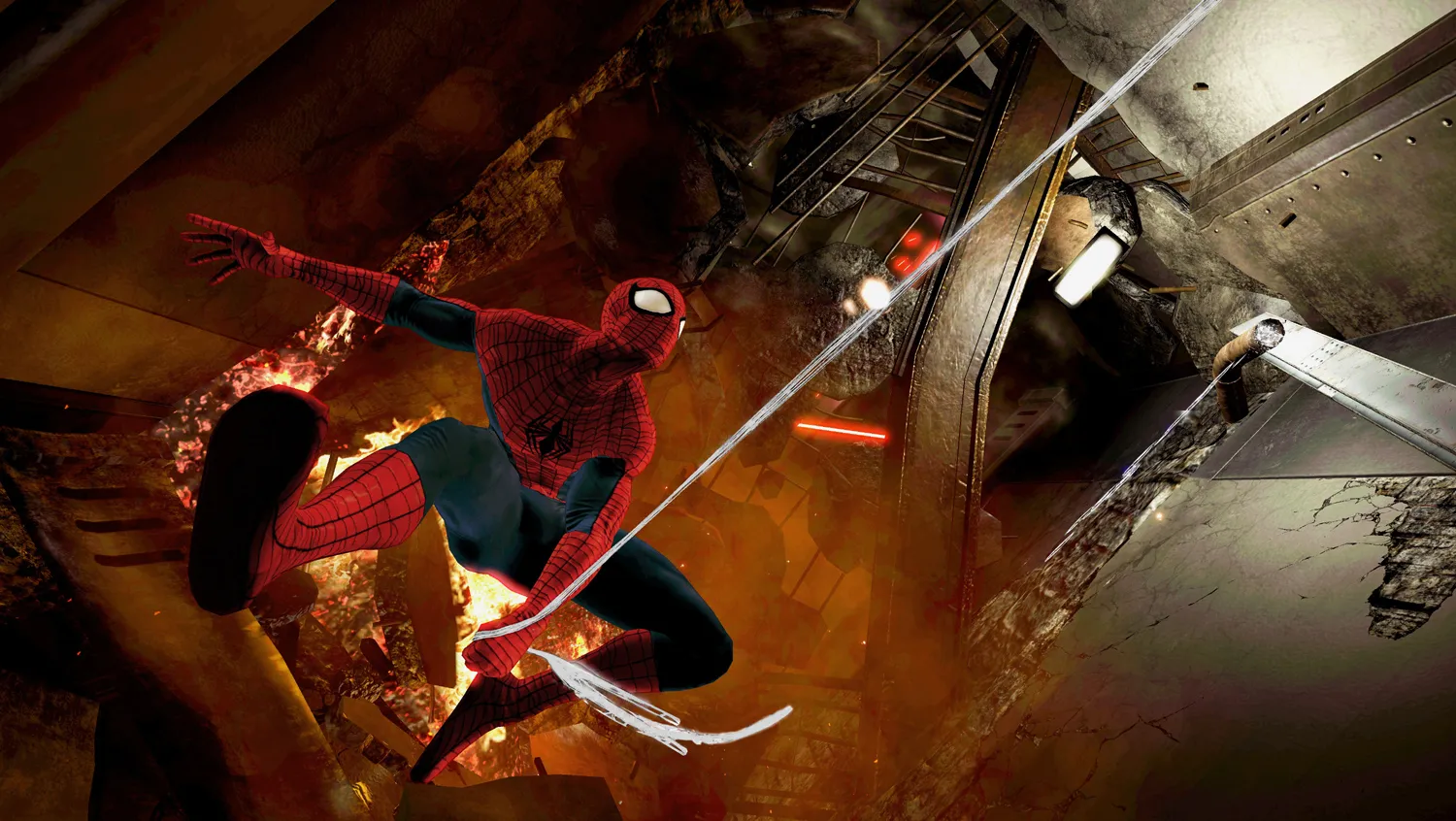
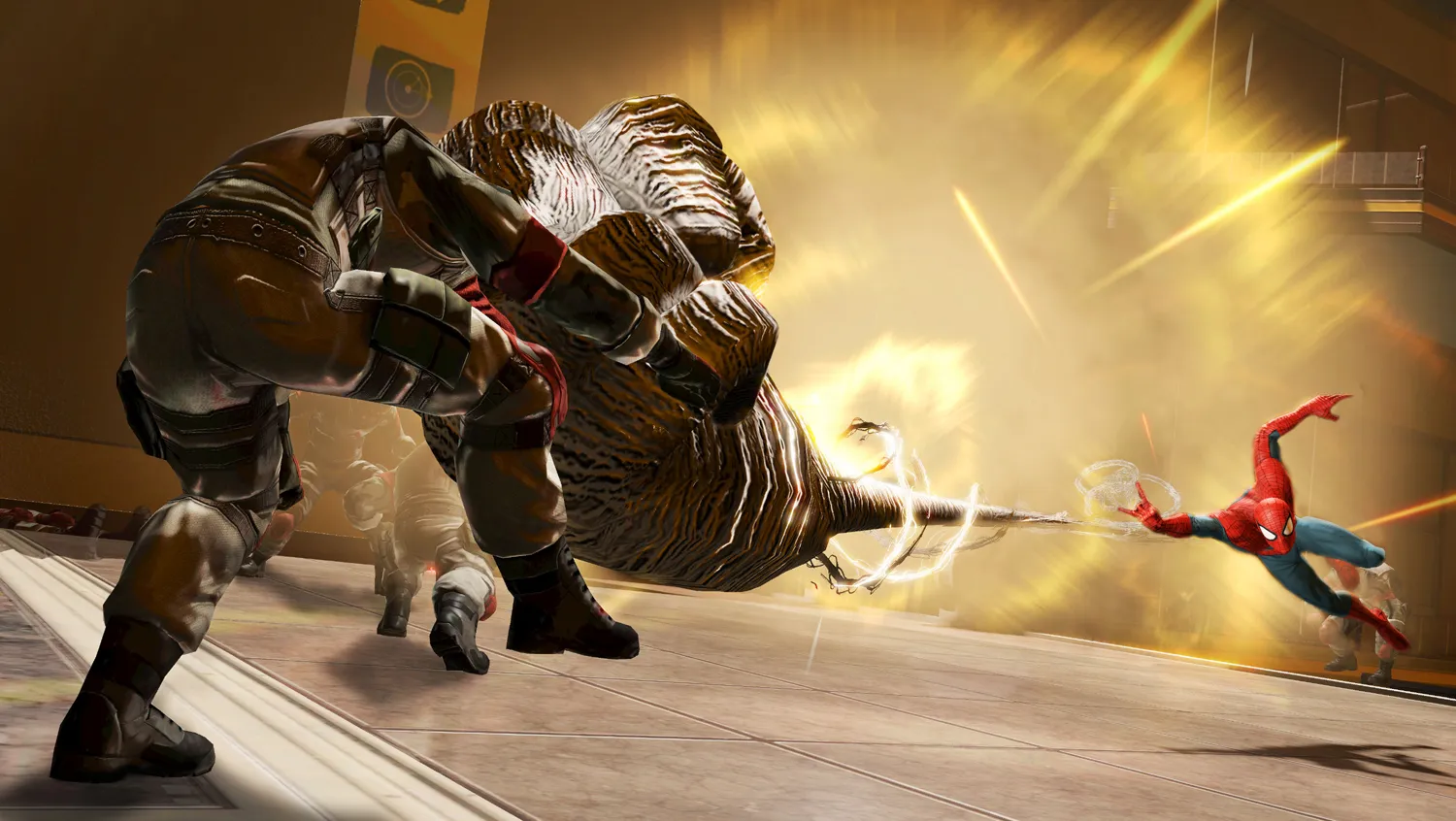
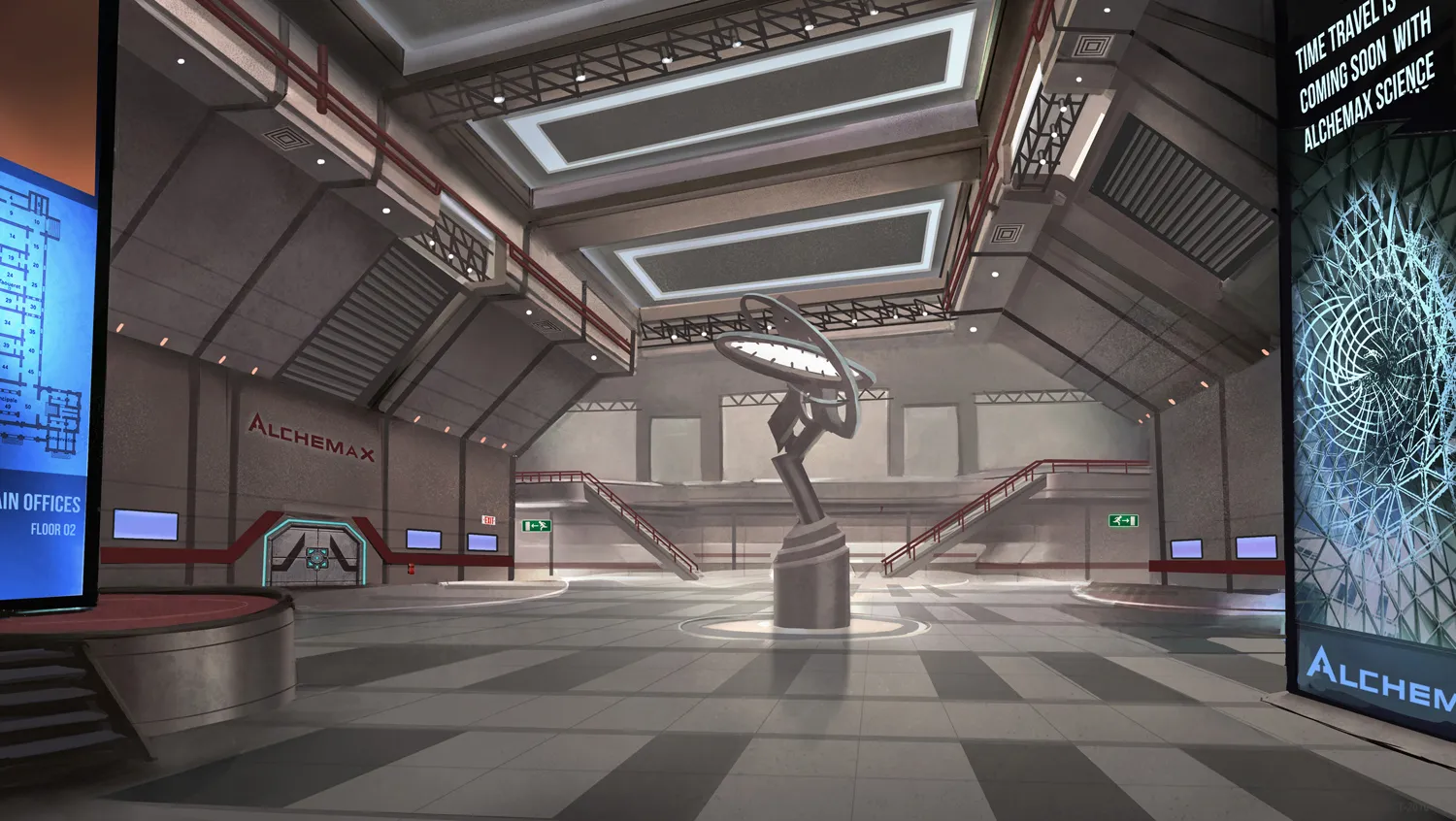
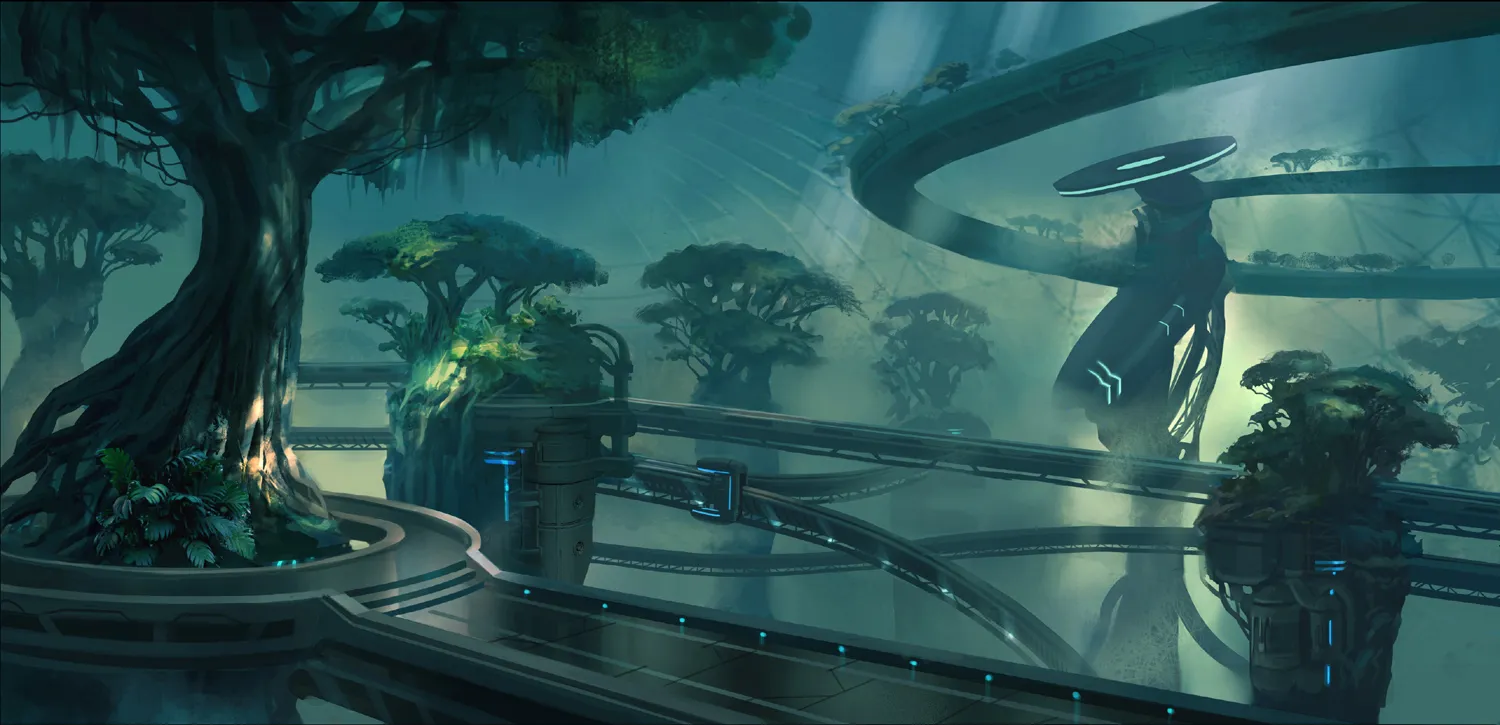
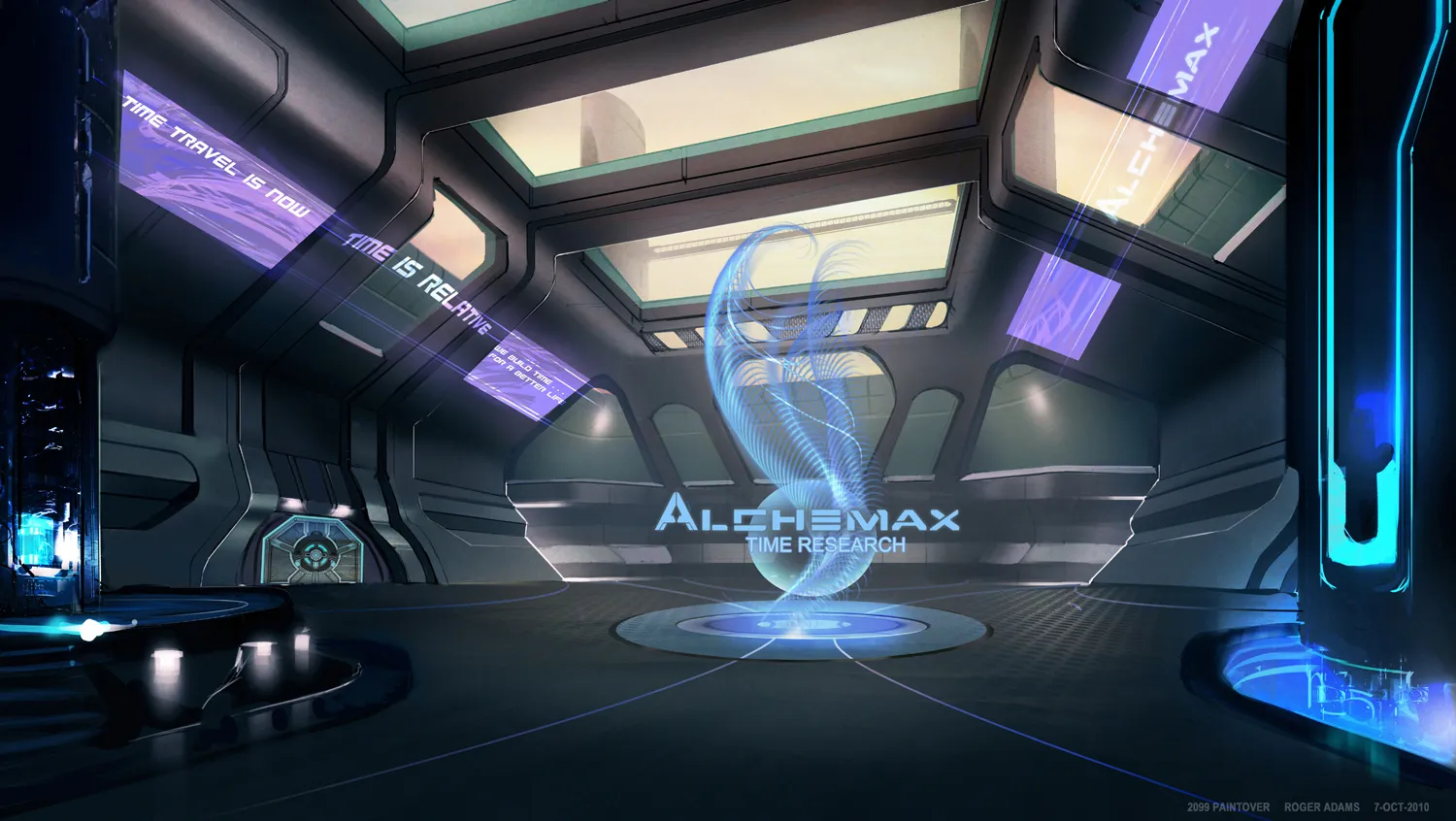
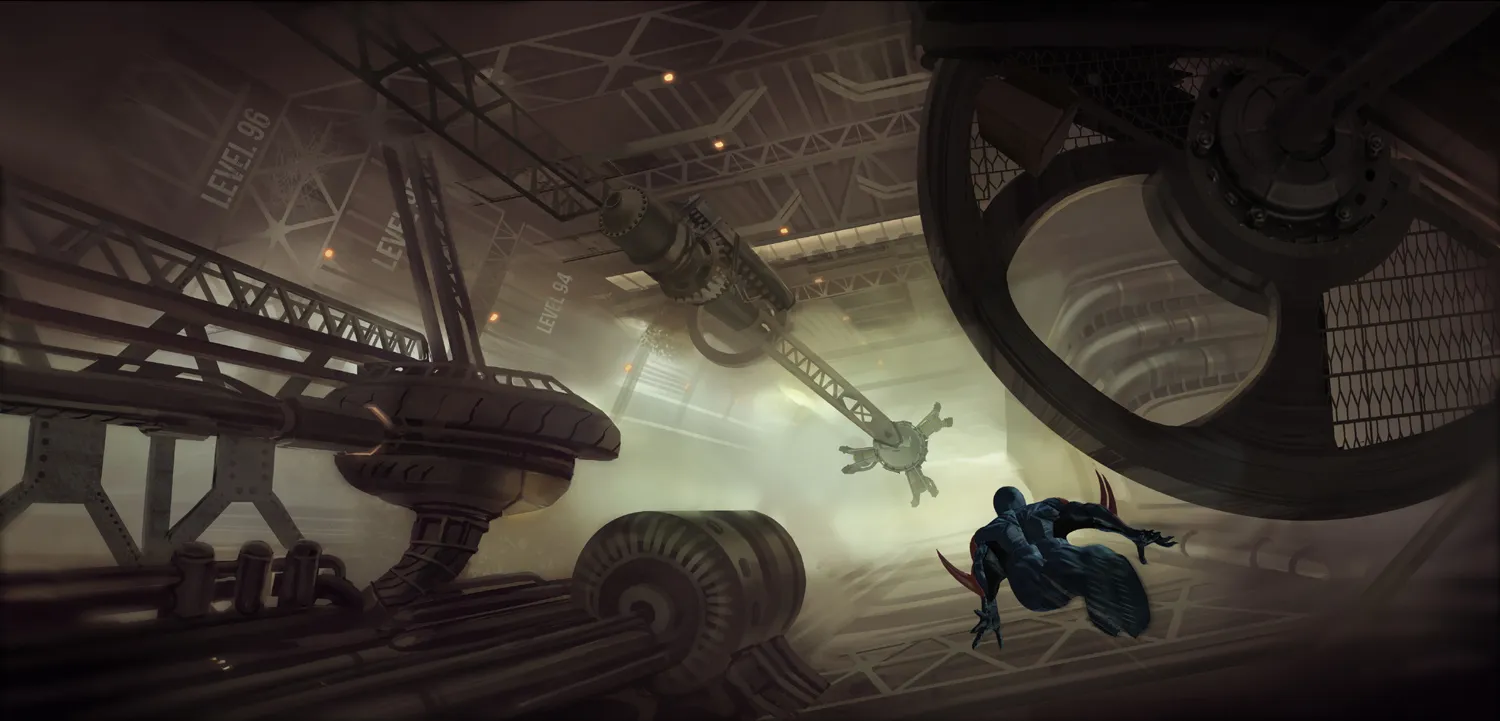
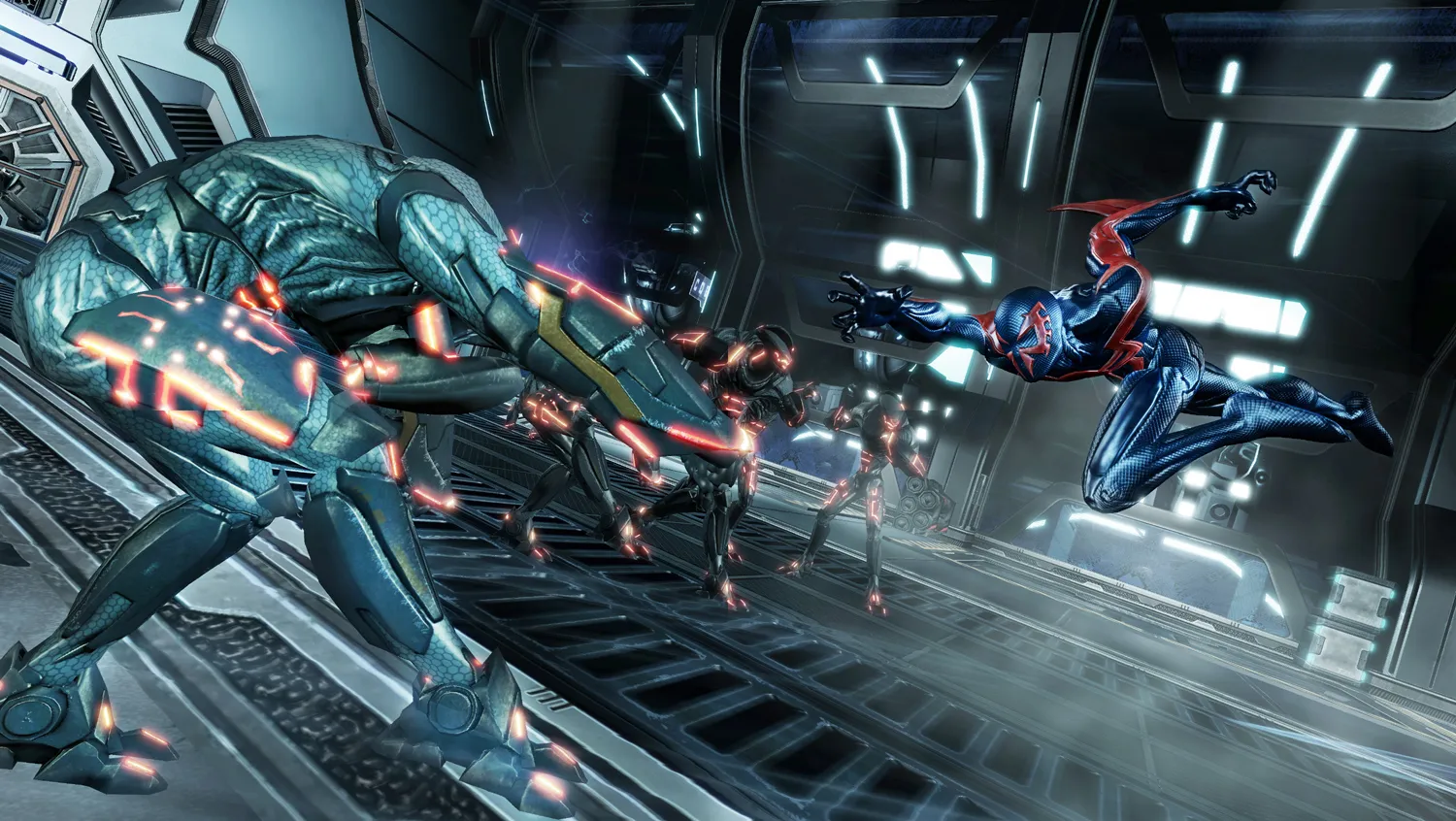
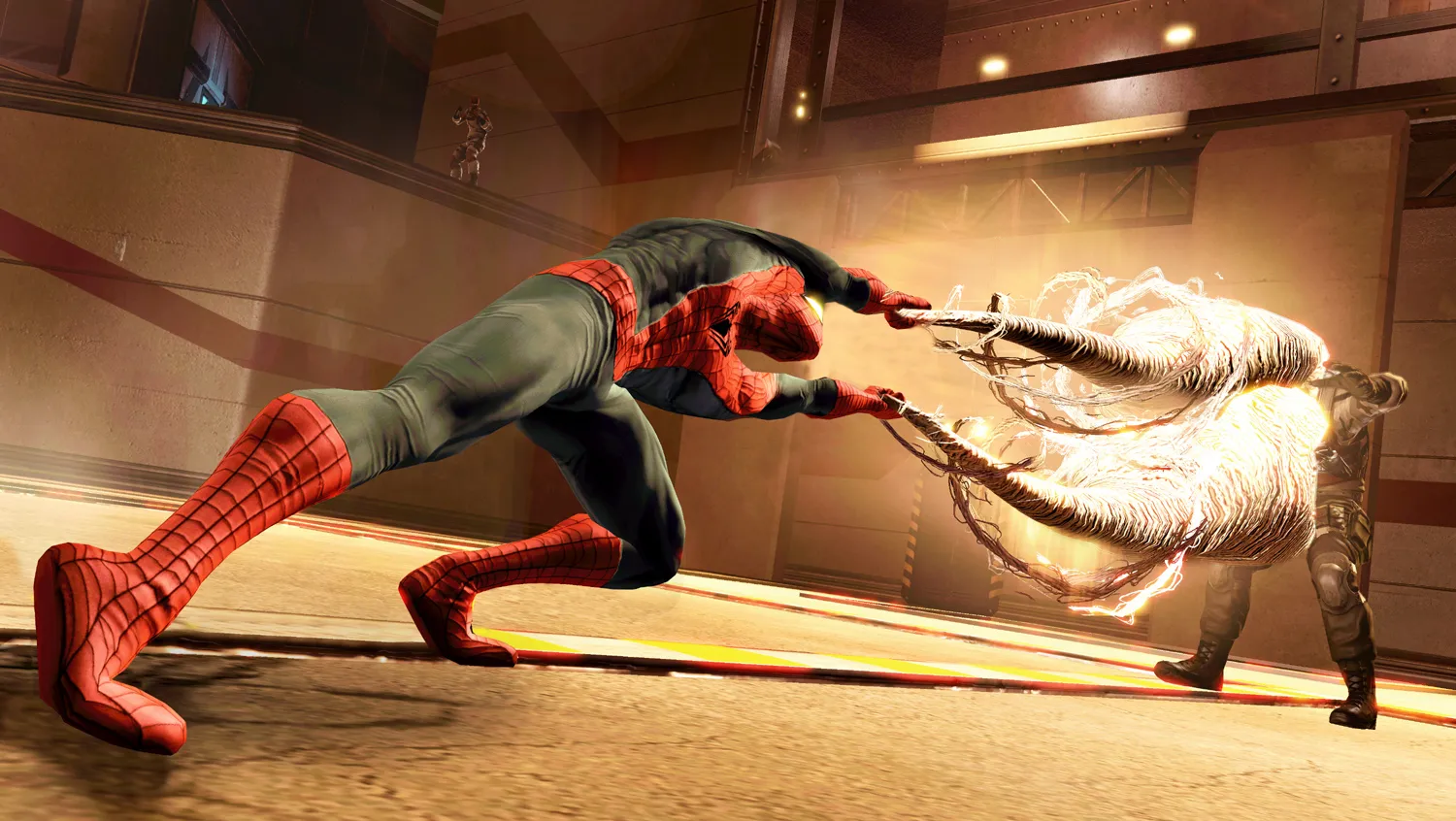
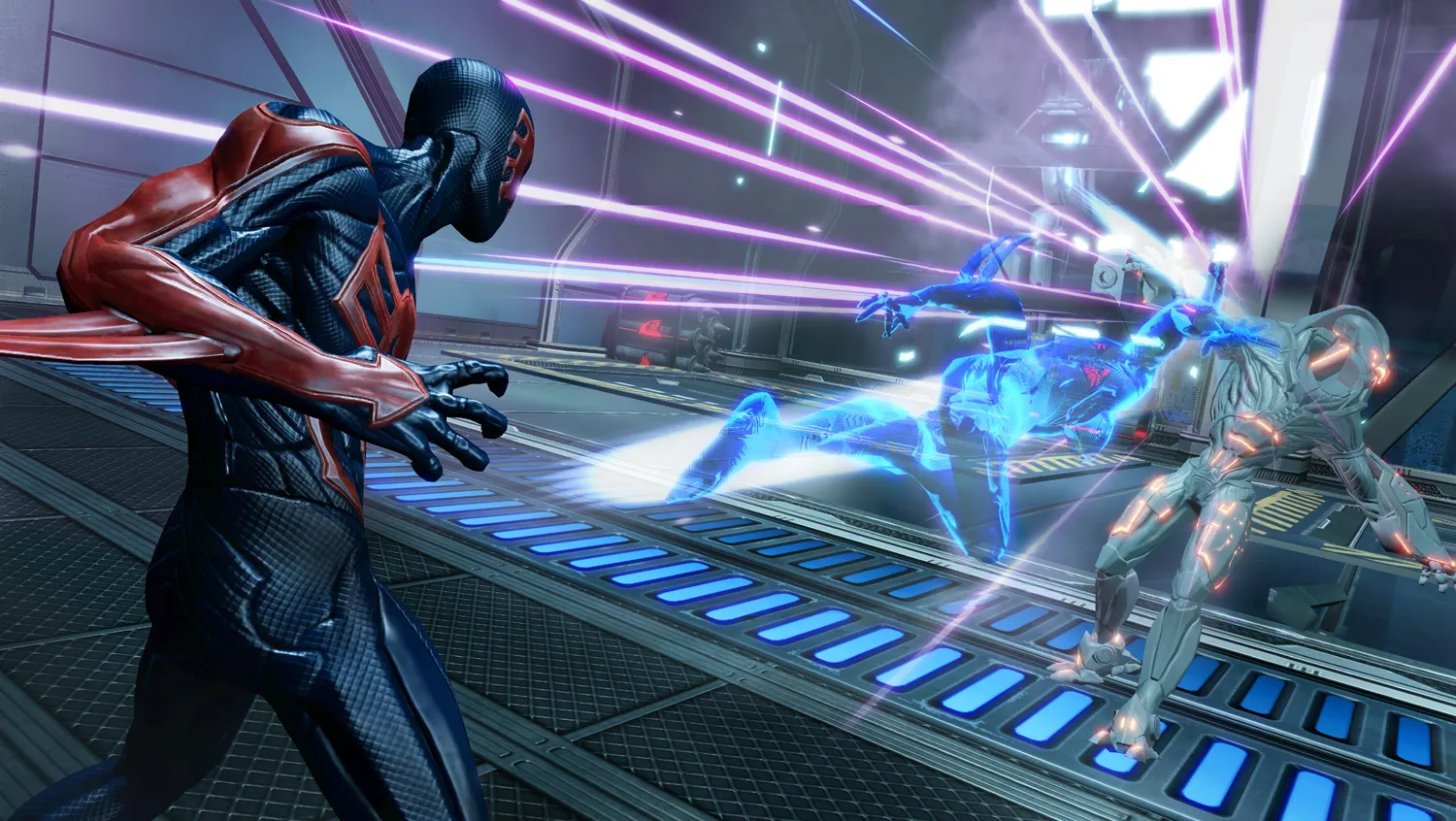
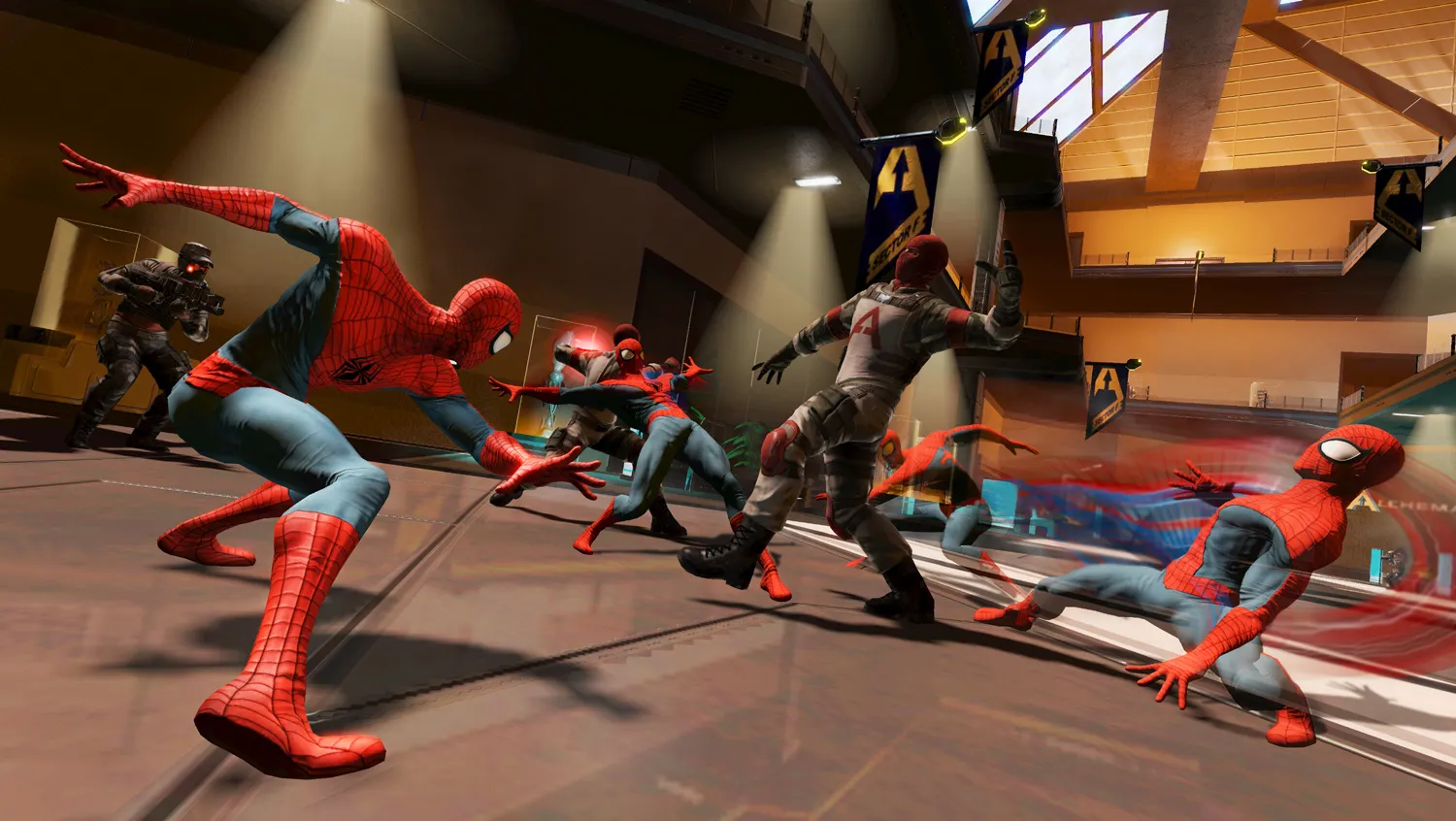
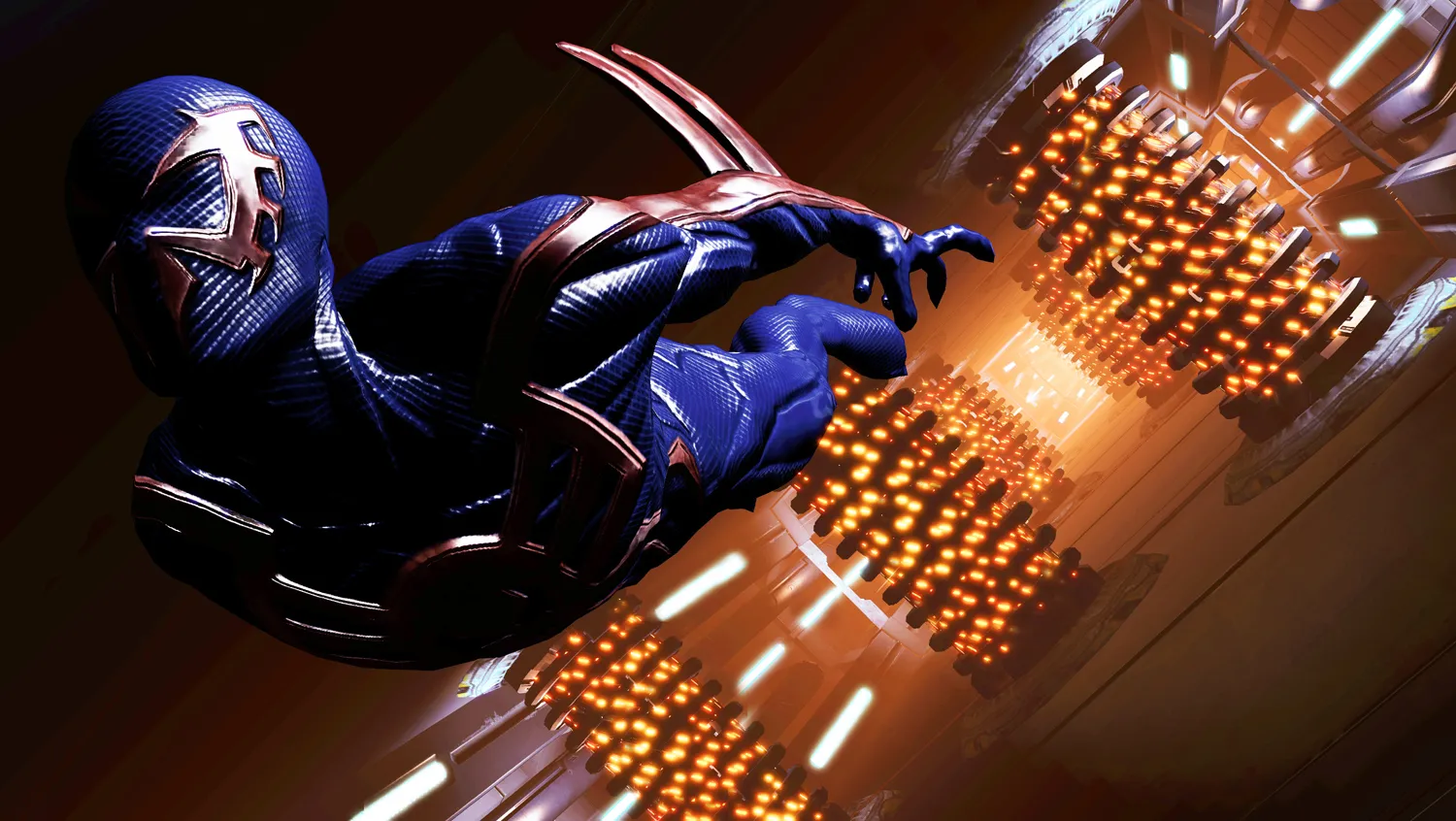
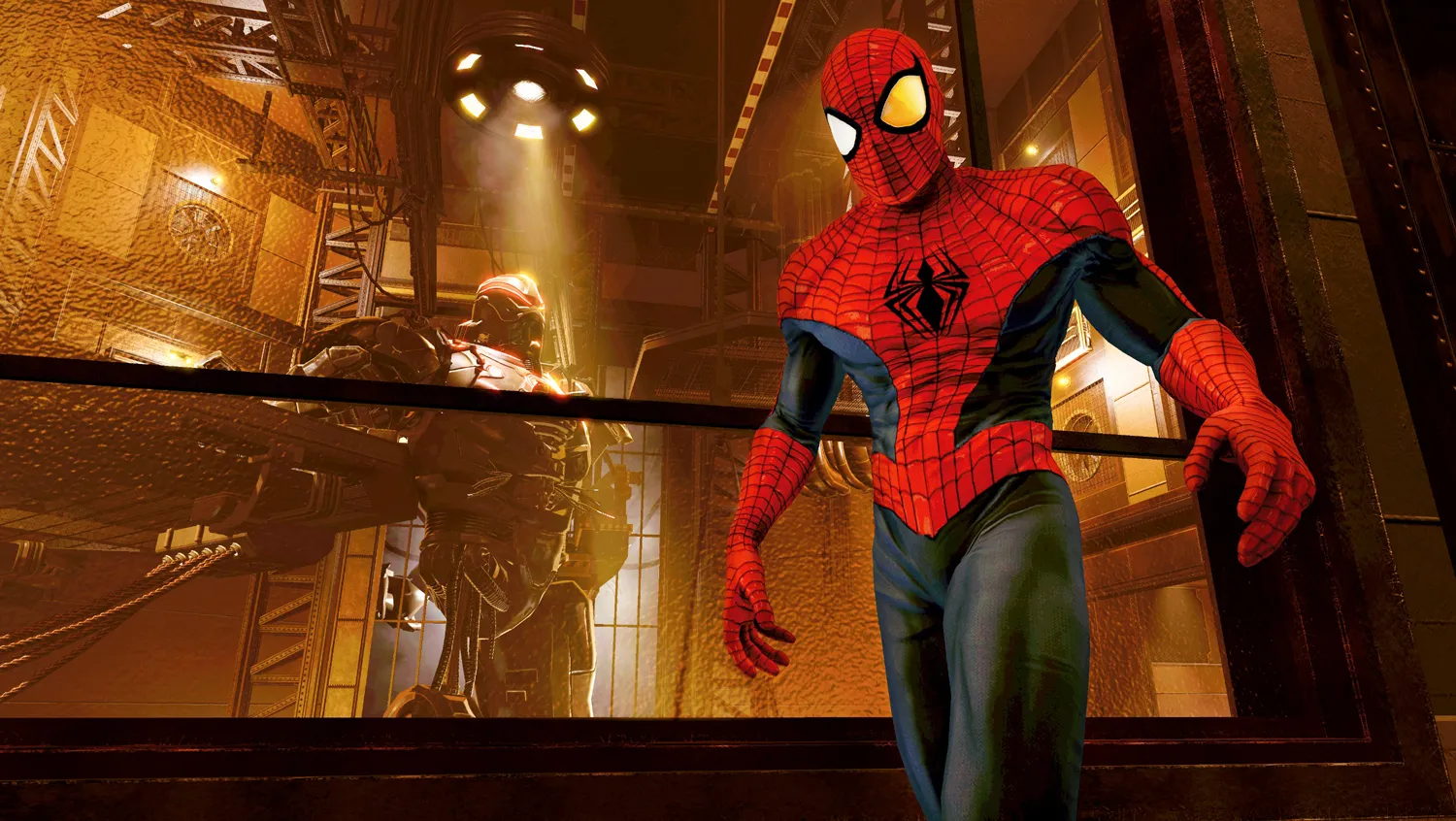
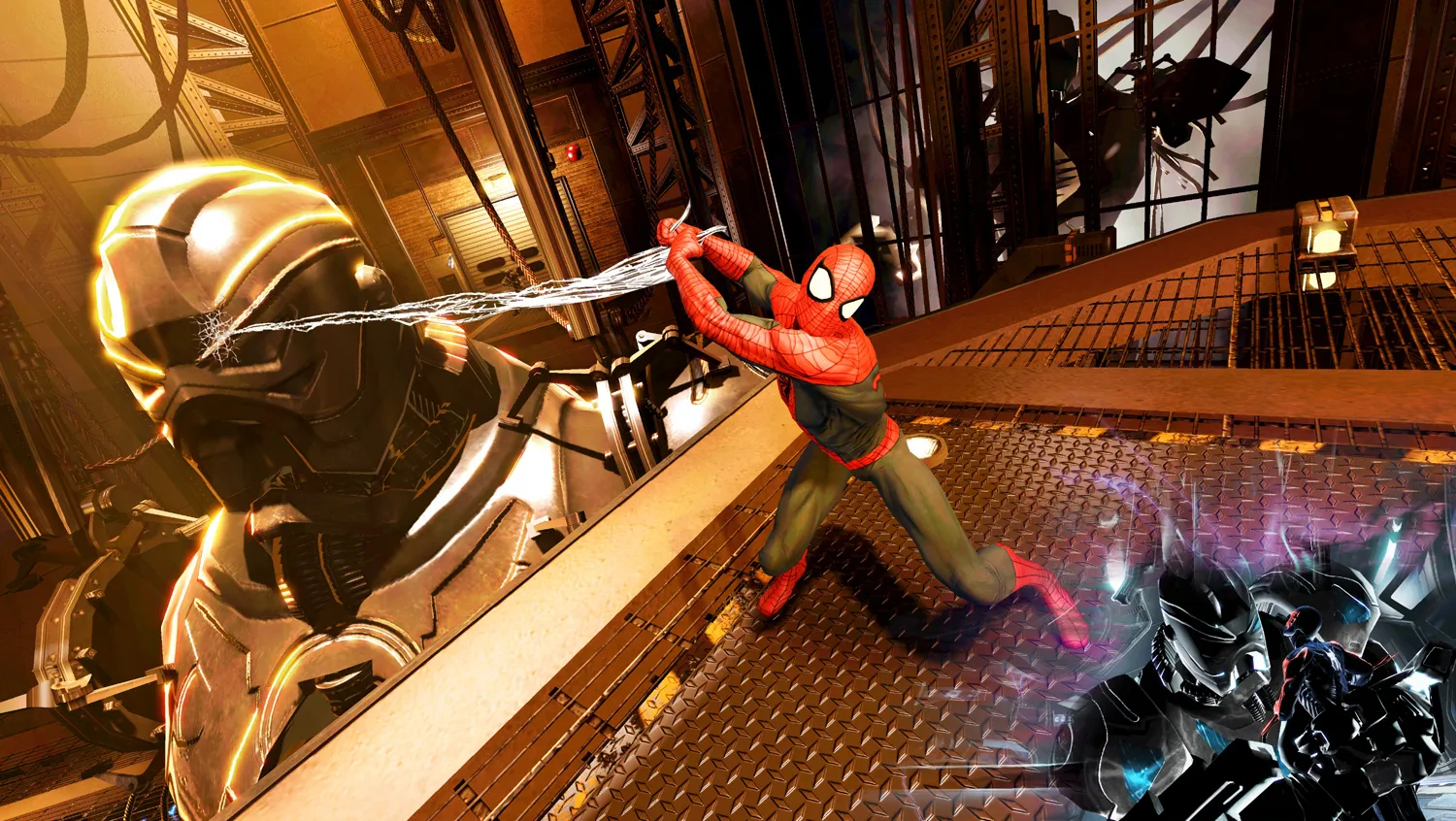
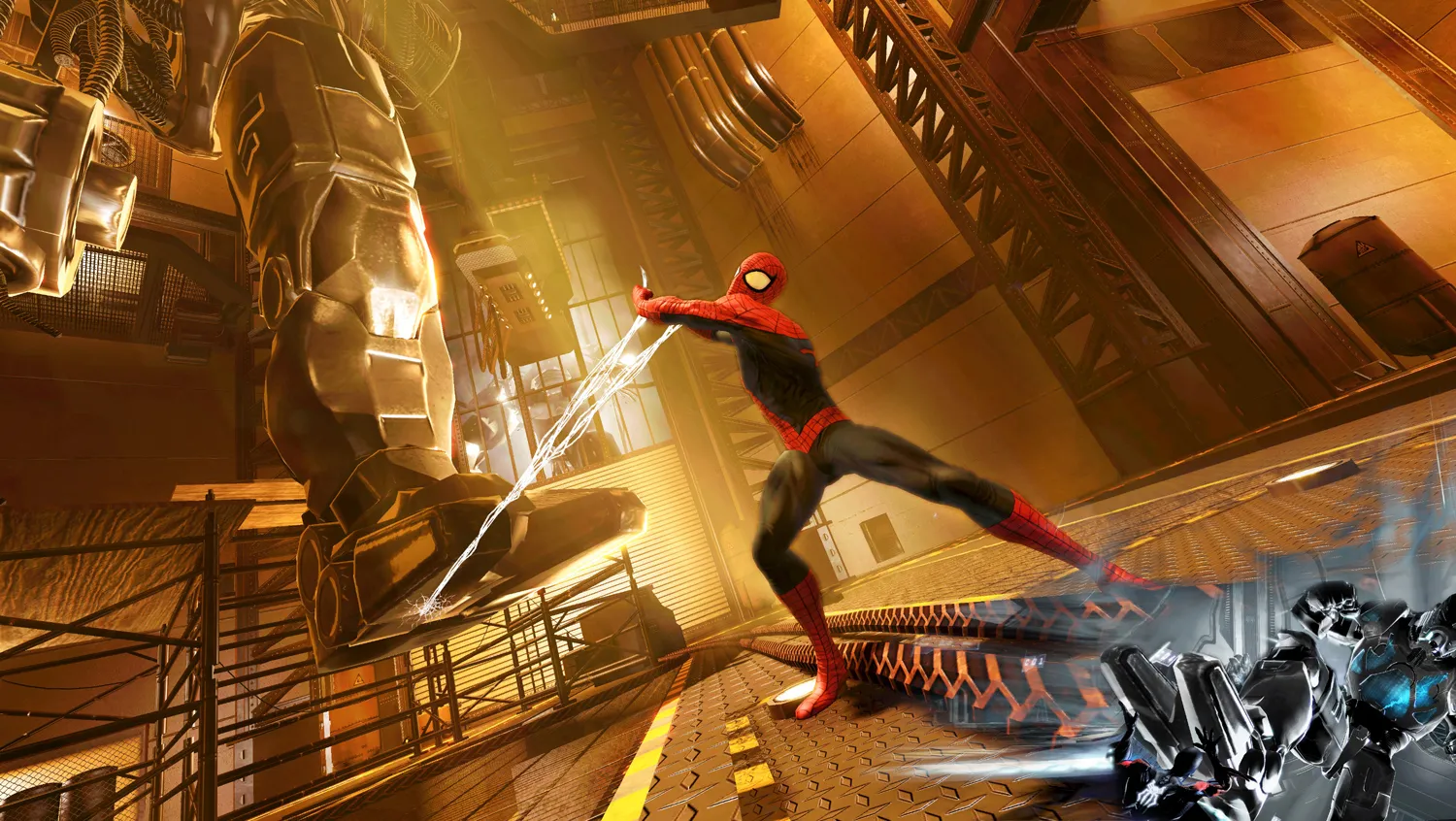

Get the Game Informer Print Edition!
Explore your favorite games in premium print format, delivered to your door.
- 10 issues per year
- Only $4.80 per issue
- Full digital magazine archive access
- Since 1991
